Blushing Philodendron sports glossy, heart-shaped leaves along wine-colored stems, making it special among houseplants. Although mostly hidden by abundant foliage, the vivid red stems are attention-grabbing. The simple care and unpretentious manners of the plant make it a pleasant pet and will delight you for many years.
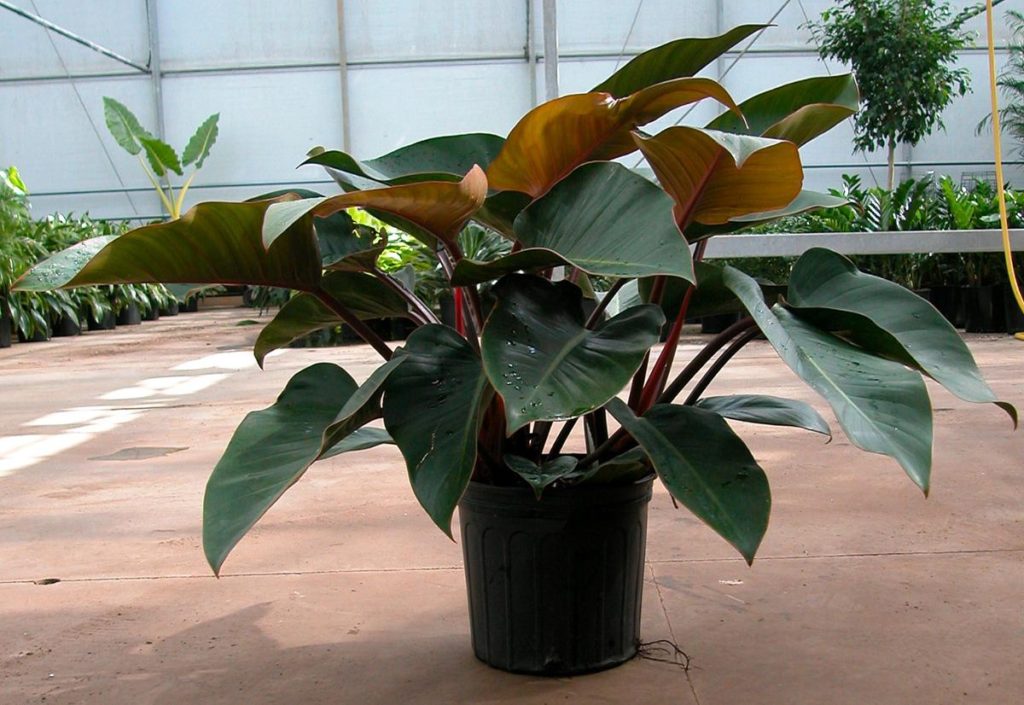
In this post, we will tell you how to take care of Blushing Philodendron in detail so that you can be sure that the plant is healthy and will live with you for a long time.
What Is Blushing Philodendron Erubescens?
Philodendron erubescens belongs to the Philodendron genus and the Araceae family. Natively, it’s from the rainforests of Central and South America. What’s unique about Philodendron erubescens?
It’s an evergreen climber. Like many popular indoor plants from this tropical tree-climbing family, this Philodendron is eager to move upward.
This fast grower can grow up to 60 feet tall in its natural habitat and can become fully epiphytic if it loses contact with the soil.
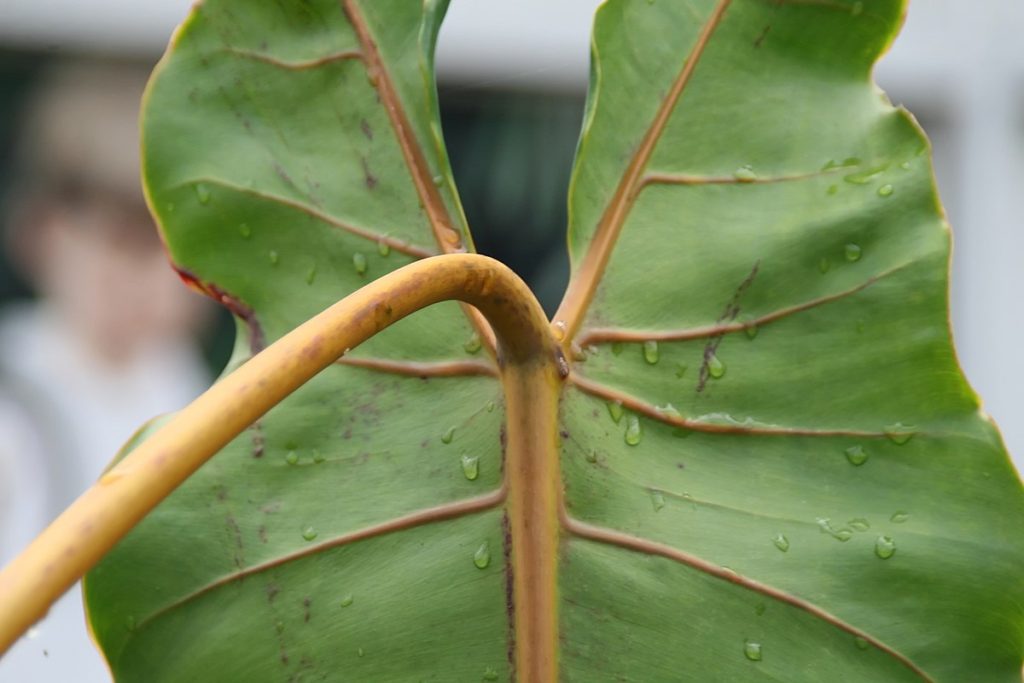
Philodendron erubescens is a warm weather plant that is well-suited to indoor conditions. Mature plants as houseplants, leaves reach up to 40 cm long and 20 cm wide. The entire plant reaches up to 1.8 meters in height after several years indoors and it lives for 10 years or more!
Blushing Philodendron Kinds
These lovely hybrids were created to diversify such a simple yet sophisticated houseplant.
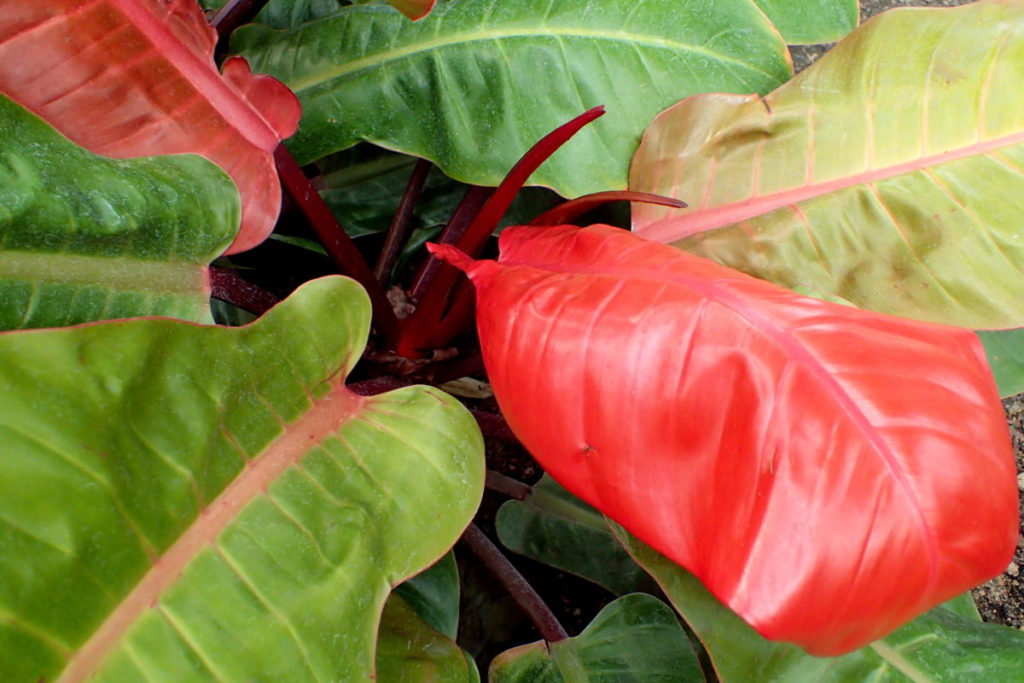
“Red Emerald”. Philodendron erubescens “Red Emerald” lovely kind that has dark green leaves that turn red and then green again. And its steams are red vine colored.
“Burgundy” – a wonderful kind that has a red blush on its green leaves with burgundy undersides and stems. This species blooms in the spring and summer for a few days at a time with deep red flowers.
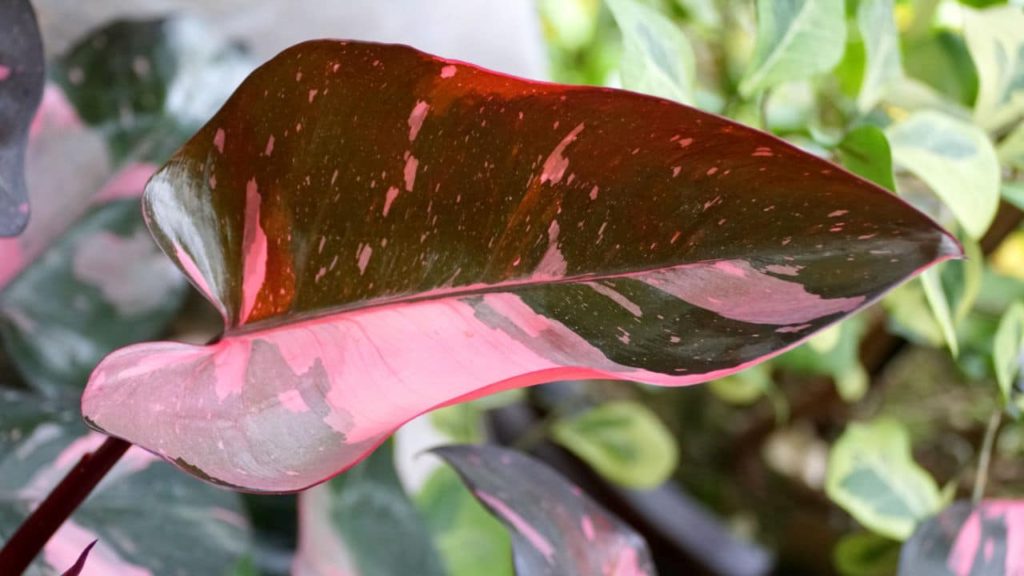
“Pink Princess” – a new plant variety that has soft pink color.
Blushing Philodendron Care Tips
How to take care of red philodendron? Blushing Philodendron care isn’t difficult. Let’s take a look at the main aspects of the life of this beautiful plant. Indoor Plant Care it might get easier if you take care of your plants with love.
WATER
One of the most important aspects of Blushing Philodendron care is watering. Inspect the soil with your finger. When the top inch of the soil dries, water your Philodendron. Remember! Overwatering is a leading cause of indoor plant death by root rot. When in doubt, underwater rather than over water. Make sure to always use room-temperature water for your tropical houseplants because cold water is a shock to them.
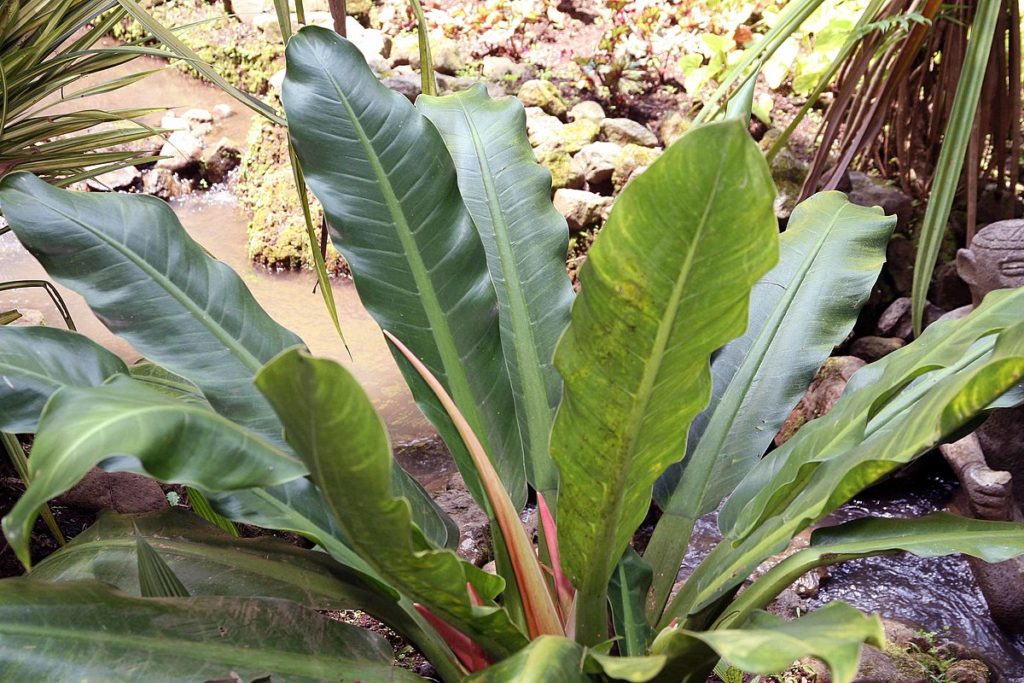
LIGHT
Philodendron feels comfortable in both bright and low ambient light, it is also perfect for an artificial light source. Bright sunlight or filtered light will help to grow plenty of large leaves that maintain their color. The most important thing is not to put the plant in direct sunlight. The rest of the lighting of the plant is not difficult. You can even take it outside, into the yard, take it out to the apartment balcony or veranda, and move it from room to room. Just make sure the sun doesn’t bake your philodendron’s leaves.
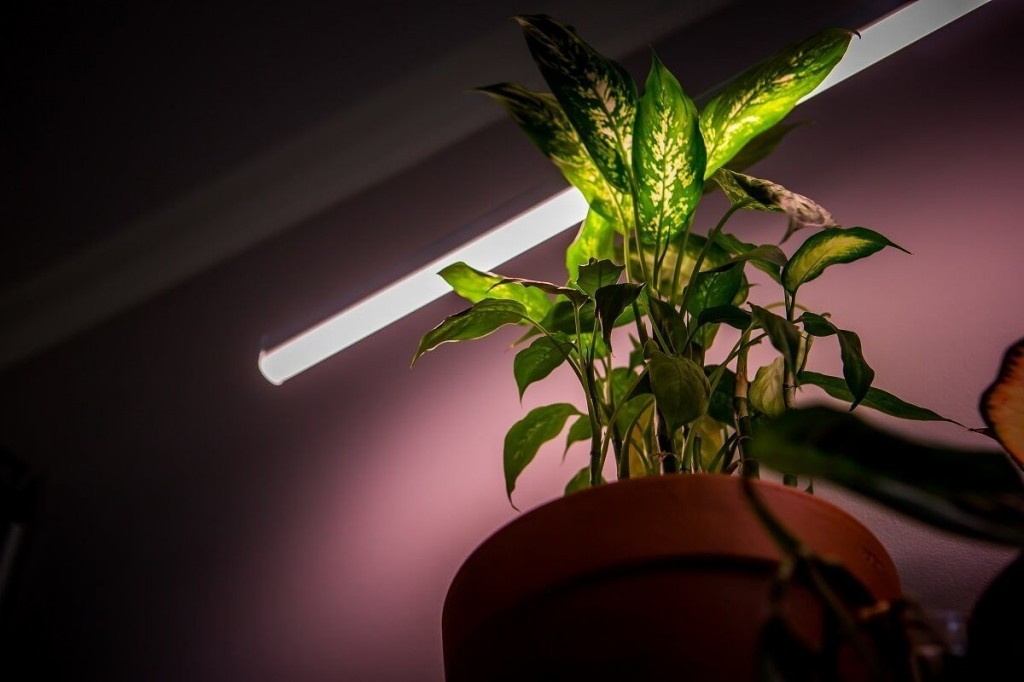
TEMPERATURE
Keep this tropical plant warm all year round as philodendron prefers warm temperatures. For the best results, keep temperatures between 70 – 80 degrees F (21 – 27 degrees C) during the day and 60 – 70 degrees F (15 – 21 degrees C) at night. Remember! Don’t expose your houseplants to cold blasts from an entryway or set them near a heat/AC vent.
SOIL
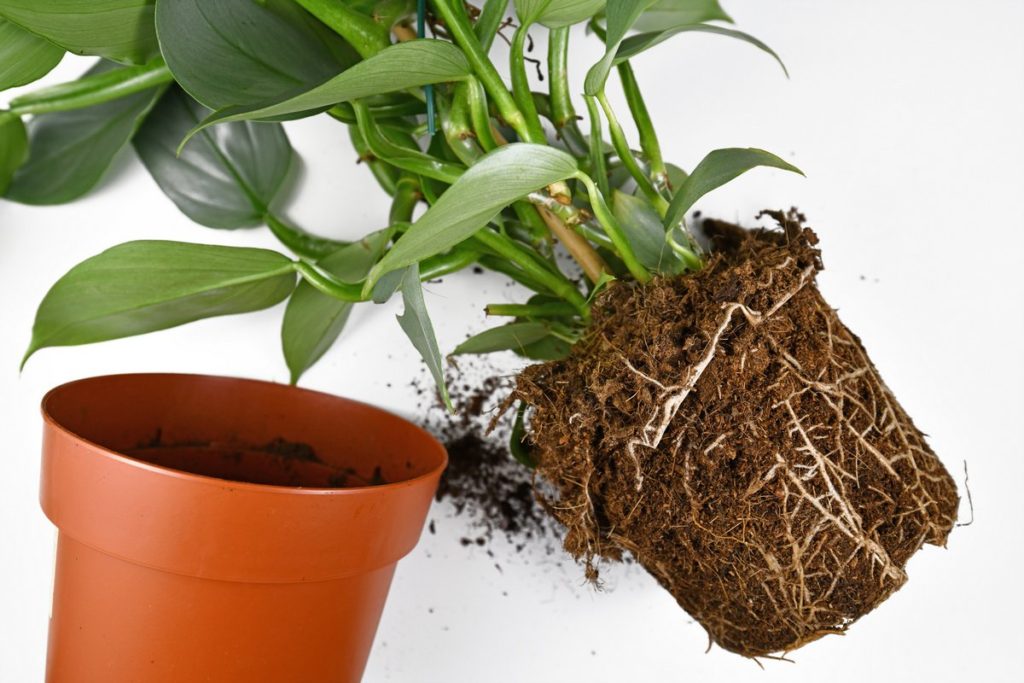
Loose and well-draining soil are suitable for Philodendron. The best solution would be a peat moss-based potting soil mixture with perlite added for quick drainage. It is very important not to allow excessive amounts of water in the pot, as this will lead to the rotting of the roots and the death of the plant.
FERTILIZING
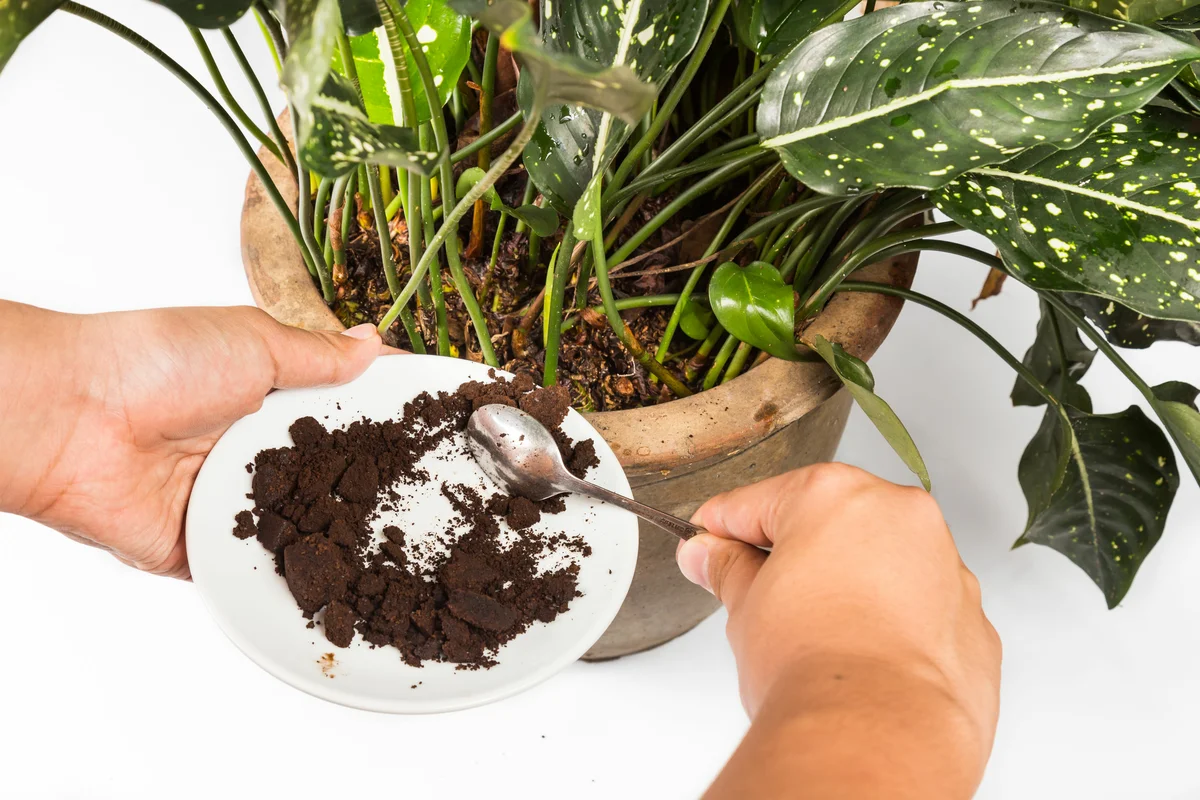
It is better to fertilize the Philodendron plant in spring or early summer and stop fertilizing in fall and winter when the plant slows down its growth processes. Use any powder or liquid fertilizer with trace elements for indoor plants once a month. To avoid fertilizer burn, fertilize Blushing Philodendron according to instructions.
POTTING

For Philodendron plants a medium-sized terracotta, plastic, or clay pot is perfect. Make sure there is at least one hole in the bottom of the pot for drainage. if you see roots growing out of the pot, means that the root system needs more space and your plants need to be transplanted into a larger pot. If you want to transplant your philodendron, it is better to do it in spring and summer.
SUPPORT
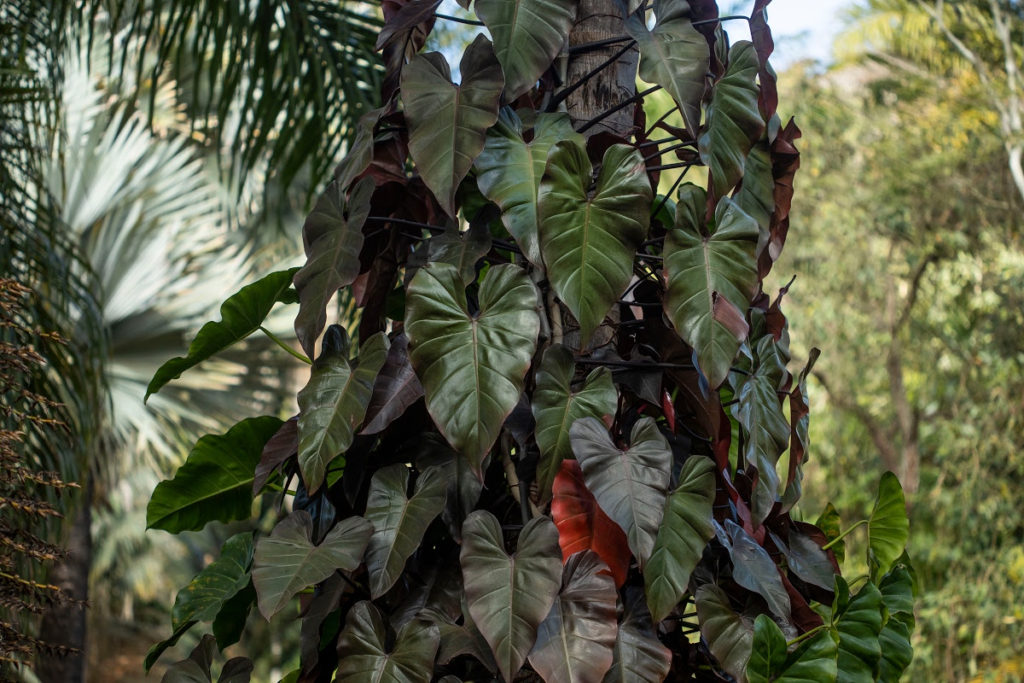
Even though this plant is defined as a climbing houseplant, it does not have any tendrils and it doesn’t twine. So you’ll have to help it climb indoors by attaching the stems to a moss pole for support. Once you’ve tied the plant to the pole, its aerial roots will slowly wrap around the support. Do not forget to also water the pole itself, let it be wet, and give the plant its moisture. This provides moisture to the aerial roots that wrap around the pole.
HUMIDITY
Humidity is a very important aspect of the full life of Blushing Philodendron.
For the plant, it is necessary to recreate the native environment. Local moisture can be created for a philodendron by regularly watering it from a spray bottle with room temperature water. if you have the opportunity, consider using a humidifier and placing it next to your tropical plants.
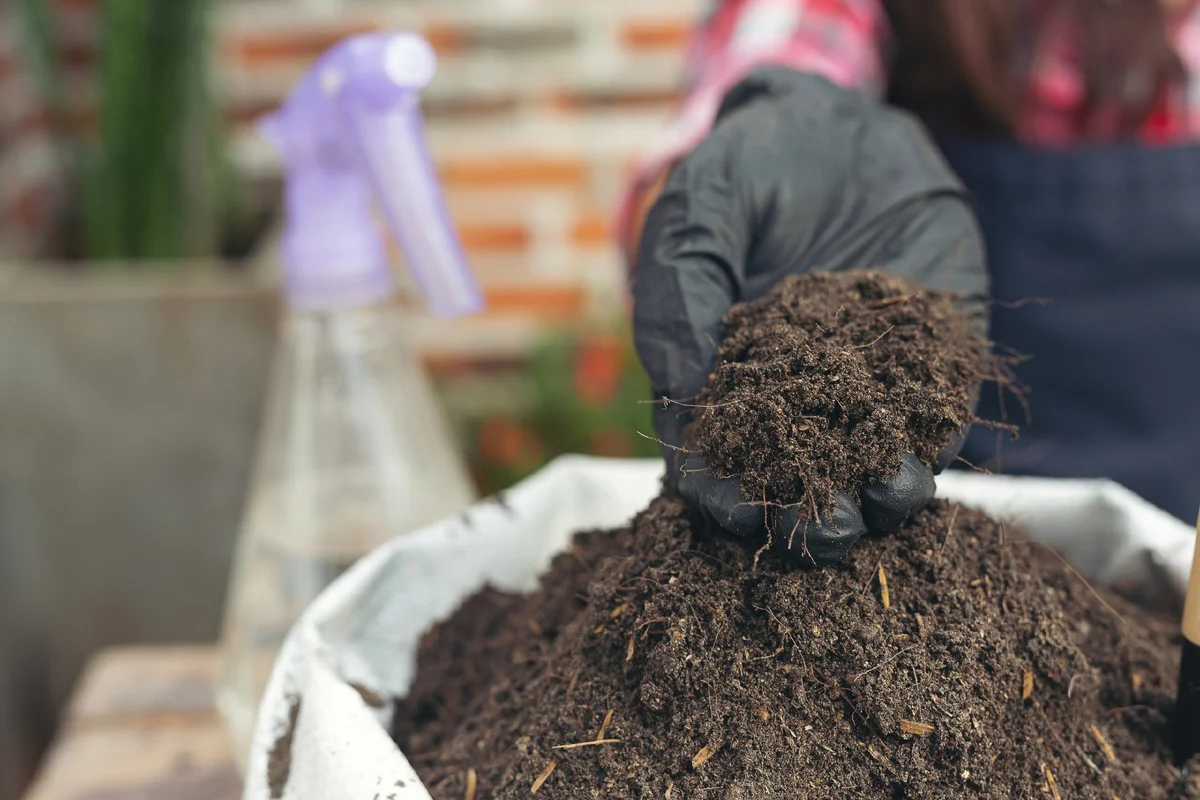
REPRODUCTION
The most suitable time for propagating philodendron erubescens is spring or early summer. During this period the plant grows the most.
This should stem with at least 2 to 3 leaf nodes, also with multiple aerial roots. Use a sharp knife, scissors, or pruning shears and take 3-4 in/7-10 cm-long stem tip cuttings. Cut just below a leaf node (where the leaf is attached to the stem). Insert stem cuttings in a lightly moist potting mix. Use your hands to squeeze the soil around the stem so that the cutting is stable. After about 30 days, the cutting will take root and you will have a new Blushing Philodendron.
Possible Blushing Philodendron problems and their solution
Now that we have learned more about the blushing philodendron itself, let’s look at the possible needs and problems of the plant and their elimination. If the plant is not enough of something or it is sick, its appearance will tell you about it.
ROOT ROT
Let’s start with root rot. It appears due to excessive watering or fertilizing of the plant. Cut back on watering and check the drainage holes in the pot. If you overfilled your flower, you can read how to fix it.
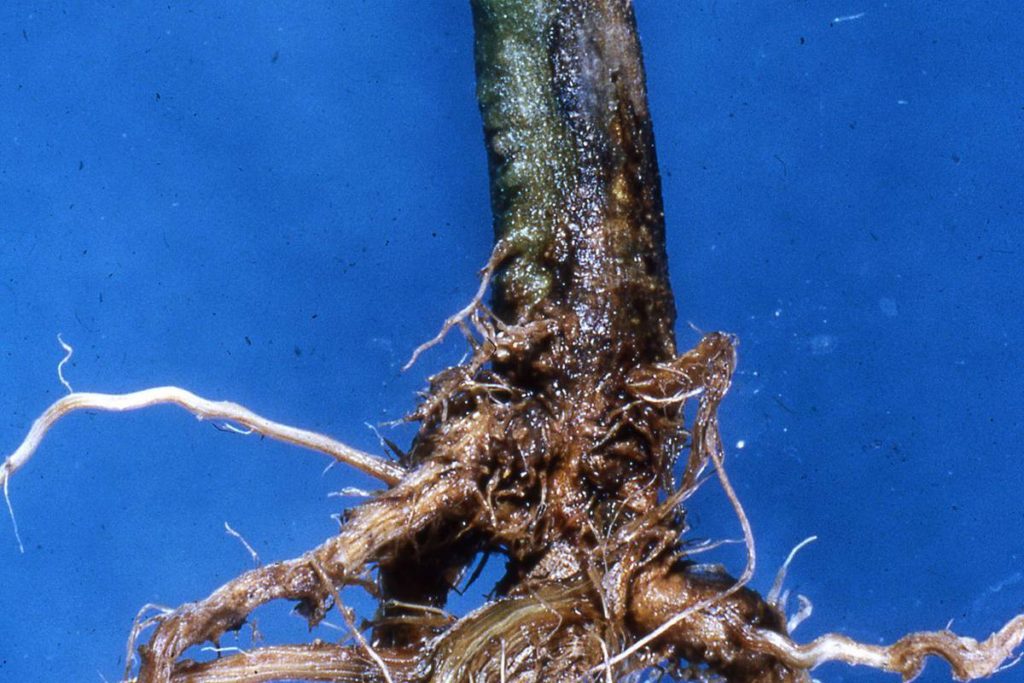
YELLOWING LEAVES
Can be a sign of overwatering or a frozen plant. If you notice that the leaves are turning yellow, make sure the plant is not exposed to drafts and reduce watering. Yellow leaves may also mean that your plant is being exposed to too much bright light or direct sun. Then move your blushing philodendron closer to the shade.

DUST
Protect the leaves from dust. Put the heart-shaped leaves in your hand and wipe them with a wet napkin or damp cloth and collect any accumulated dust.
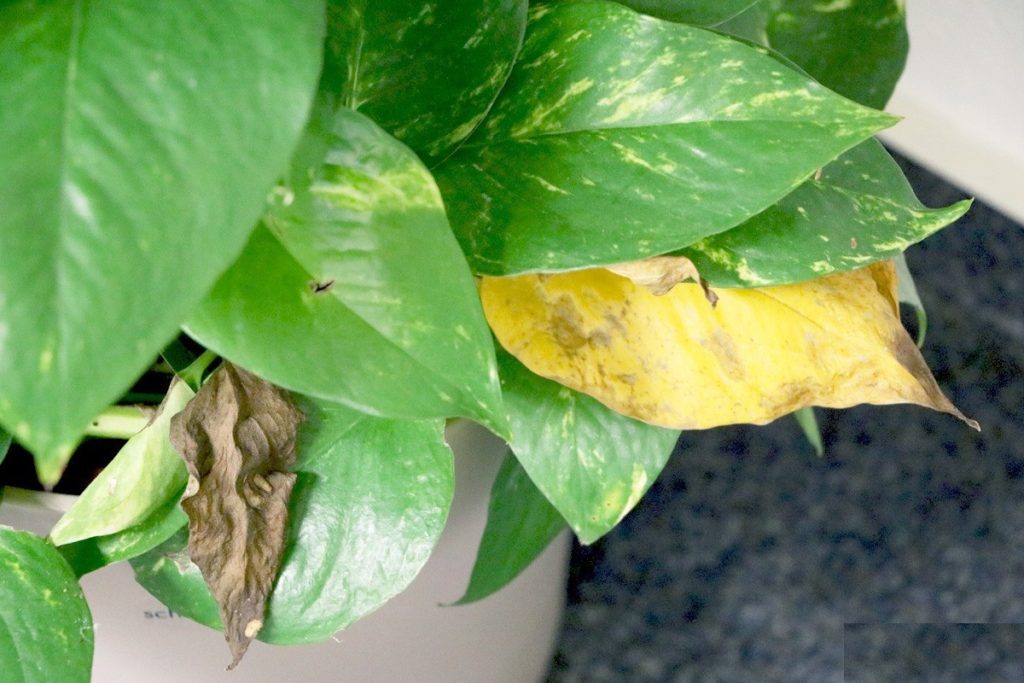
BROWN PATCHES
Brown patches and brown leaf tips are a symptom of dry air. You need to spray the plant with a spray bottle or place a humidifier next to it.
PESTS
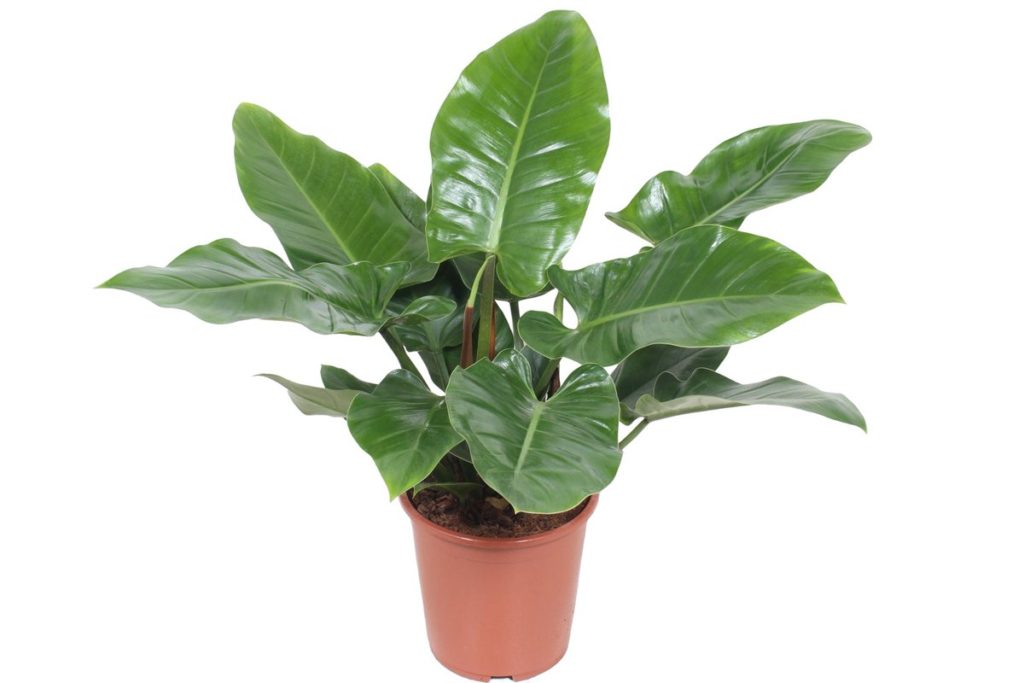
Pests can attack the blushing Philodendron plant. An aphid is a small soft-bodied insect that drinks plant sap from its stems and the back side of leaves. they release a white, sticky dew that can attract ants to your home.
It’s hard to spot black little bugs on heart-shaped leaves, but it’s might be fungus gnats, they hop and crawl on the soil mix.
If you notice something like this on your blushing philodendron, be sure to isolate the room, separate sick plants from others, and start the treatment.
Neem oil and water can help you to deal with pests as neem oil harmlessly affects the plant, killing parasites.
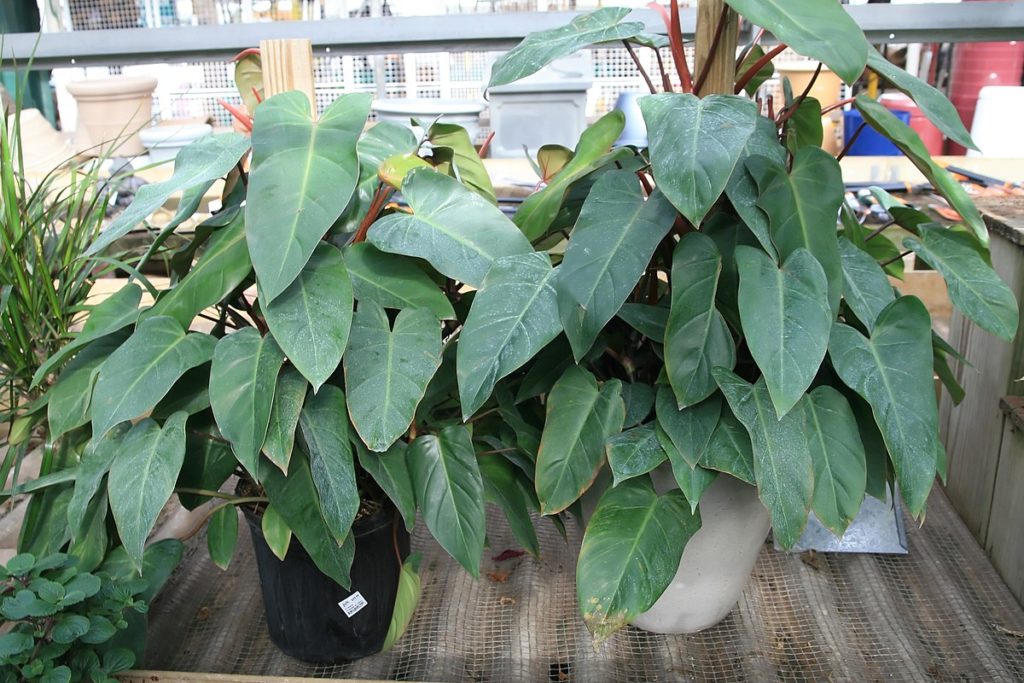
TOXICITY
It is important to be aware of the toxicity of blushing philodendron. if you have pets or a small child, keep them away from the plant. Be careful! If swallowed, there may be irritation of the throat, digestive tract irritation, mouth, nausea, or diarrhea.
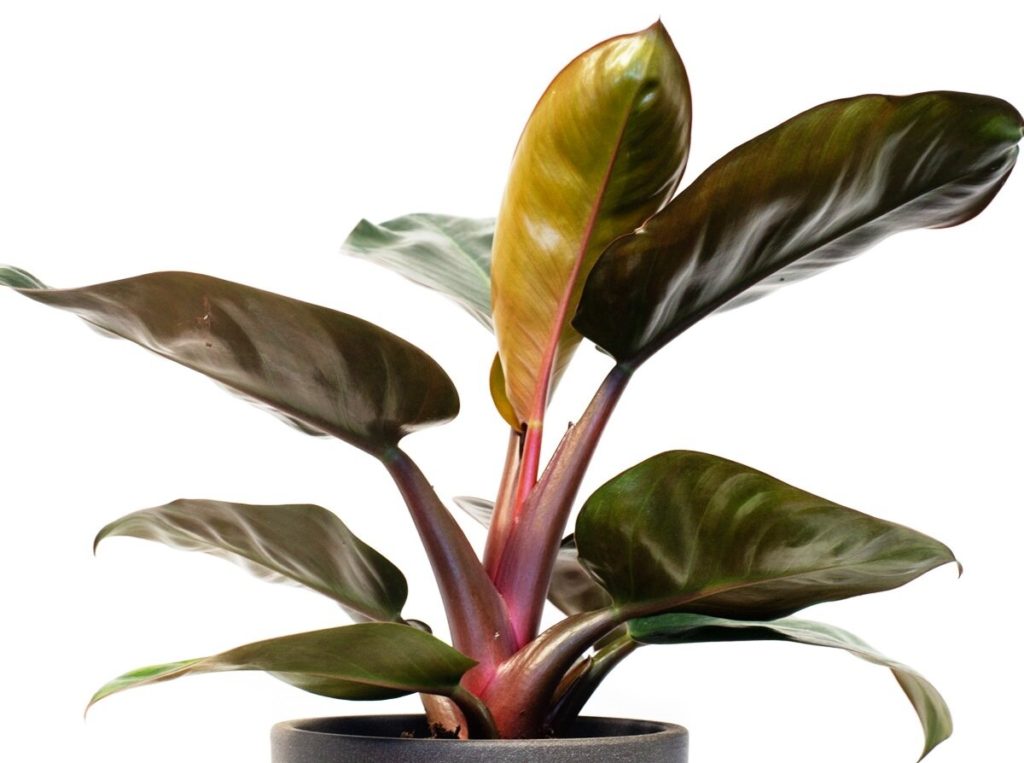
CONCLUSION
If your Blushing Philodendron has dark green leaves, if you keep it in a warm, moist place with enough light and relatively dry soil, then you can be sure of its health. Using these simple tips, your plant will delight you for a long time! You can also find out more information about caring for house flowers and blushing philodendron.
Is blushing philodendron indoor or outdoor?
The Blushing Philodendron is an indoor plant.
How big does a blushing philodendron get?
A blushing Philodendron can grow to be around 2-3 feet tall and 2-3 feet wide.
What is the rarest philodendron?
The rarest Philodendron is considered to be Philodendron melinonii.
How do you take care of a blushing philodendron?
To take care of a blushing philodendron, it is important to provide it with bright, indirect light and to keep the soil consistently moist but not waterlogged. The plant should also be fertilized regularly during the growing season. It is also important to protect the plant from drafts and drastic temperature changes. Additionally, the plant should be cleaned regularly to remove dust and debris from the leaves and to help the plant breathe.

